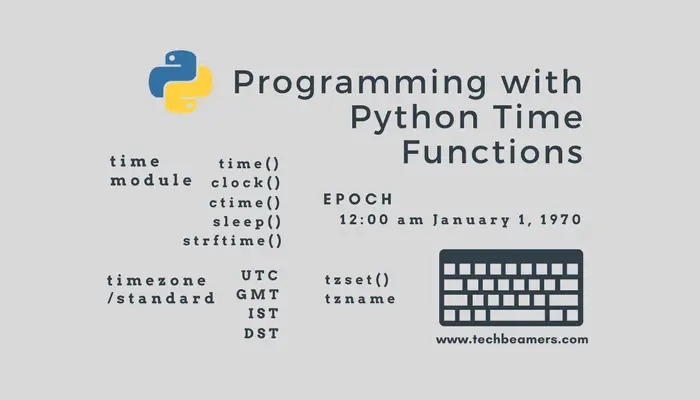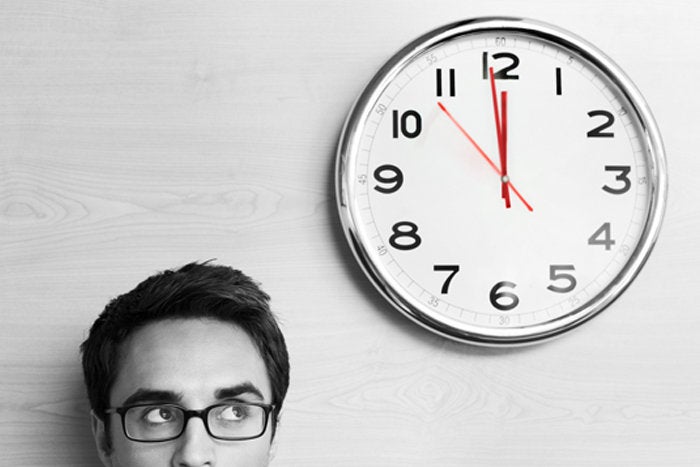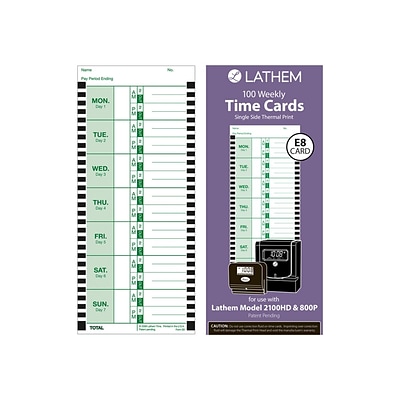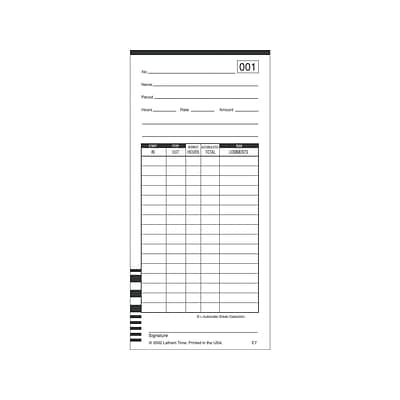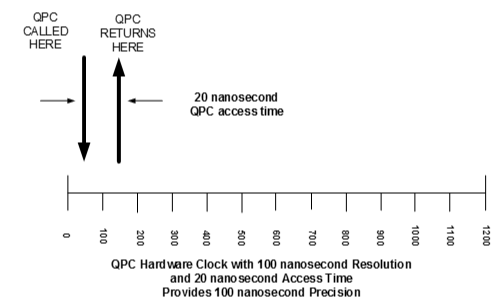Measuring Operational Times In Java Wall Clock

Specifying the time zone avoids dependence on the default time zone.
Measuring operational times in java wall clock. Replace the i with the value 1 one to specify cpu time or 2 to specify wall clock time. There are 12 hours on the clock so 360 divided by 12 hours gives 30 per hour. This will query the system clock to obtain the current time. Time passes instant end instant now.
Interactive optimizer with the command set clocktype i. Ilocplex setparam clocktype i in the java api. Take a look at the following example. The current date and time depend on the time zone and for globalized applications a time provider is necessary to ensure that the date and time are created with the correct time zone.
System nanotime we can use system nanotime to measure elapsed time with nanosecond precision. Cplex setparam clocktype i in the net api. Obtains the current time from the system clock in the specified time zone. It returns the current value of the running jvm s high resolution time source in nanoseconds.
There are 60 minutes on the clock so 360 divided by 60 minutes gives 6 per minute. The purpose of nanotime is to measure elapsed time and the purpose of currenttimemillis is to measure wall clock time. It is sometimes off and periodically needs to be corrected. Clock was added in java 8 and provides access to an instant in time using the best available system clock and to be used as a time provider which can be effectively stubbed for testing purposes.
Duration timeelapsed duration between start end. That indicates seconds change impacts the minute hand angle. In this post we will discuss how to measure elapsed time in java using system nanotime system currenttimemillis instant now and stopwatch provided by guava and apache commons lang. The advantage is that even when wall clock time in a computer goes backwards for some reason it won t have any impact on nanotime.
Utc time scale actually allows a day to have 86 399 or 86 401 si seconds. The reason is that no computer s clock is perfect. However solar days are not always equally long. Instant start instant now.
The difference between two adjacent minutes is 6 degree. Java time scale the traditional way of measuring time is to divide a day into 24 hours of 60 minutes of 60 seconds which gives 86 400 seconds a day. As these are designed for specific reasons it is important to choose the right one for your needs. In the callable library use the routine cpxsetintparam env cpx param clocktype i.
You ll now see how to calculate elapsed time using two of the new java time types.







